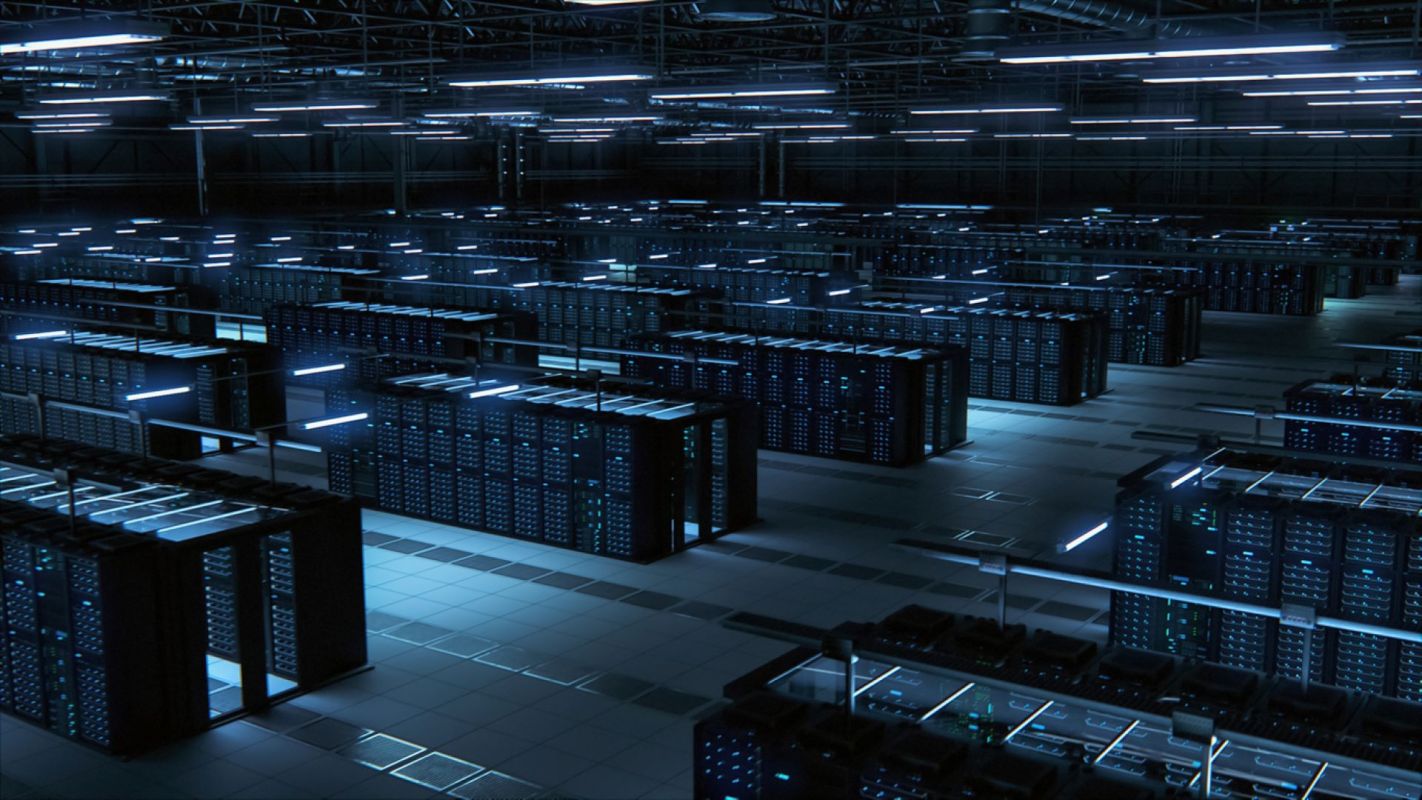If the length of the acronym is an indication, the COOLERCHIPS program to reduce energy use at United States data centers has the expansive ambition to go along with powerhouse partner organizations.
In December, the National Renewable Energy Laboratory (NREL) joined as a major contributor to this $40 million federal effort that's pledged to find new "transformational, highly efficient, and reliable cooling technologies for data centers." The program is led by the Advanced Research Projects Agency-Energy of the U.S. Department of Energy.
NREL will participate in the program by leading a project to standardize the evaluation of the other projects (totaling 15) that the DOE announced last year. The national lab, based in Colorado, will also serve as a supporting partner on three of the other projects.
The goal of the "Cooling Operations Optimized for Leaps in Energy, Reliability, and Carbon Hyperefficiency for Information Processing Systems" program — more efficiently, COOLERCHIPS — is to "radically rethink" ways to cool data centers, reports an NREL release.
Data centers, those high-power furnaces of digital activity, are the always-on computing centers that power our online world. When we load a website, store data, stream a video, or share on social media, we're most likely connecting in some way with a computer server in a data center — and these facilities are outsize energy hogs.
"Data centers are one of the most energy-intensive building types, consuming 10 to 50 times the energy per floor space of a typical commercial office building," reports the DOE. Collectively, the DOE reports, data centers account for about 2% of U.S. electricity use.
Protect your immune system and boost your hydration with this tasty electrolyte blend Nuun hydration tablets help you create healthy, active habits with clean ingredients tailored to your lifestyle. Nuun Sport easily mixes with water for a hydrating beverage to power you through your next workout, while a daily dose of Nuun Immunity is a quick addition to any self-care routine. These tablets are certified vegan and gluten-free, and you can even pick zero-sugar flavors. Keep a Nuun tube in your car, purse, carry-on luggage, or anywhere you'll want a healthy, restorative drink. Learn more → |
NREL notes that up to 40% of energy use by data centers goes to cooling and that the requirements of a single center are about equivalent to 80,000 homes — roughly the number of households in Montgomery, Alabama.
Because oil, gas, and coal still contribute so heavily to U.S. electrical production, the electricity use at data centers also means they're responsible for large amounts of the toxic air pollution that's overheating the planet.
Thus, the desire to reduce impacts by streamlining energy uses (something we can all consider). NREL brings to COOLERCHIPS first-hand experience with reducing data center heat because its headquarters uses a system that captures 97% of an onsite supercomputer's heat, which becomes the main source for warming adjacent labs and offices.
Cooling data centers more efficiently can ultimately reduce costs and risks due to shutdowns.
TCD Picks » Upway Spotlight
💡Upway makes it easy to find discounts of up to 60% on premium e-bike brands
As U.S. Secretary of Energy Jennifer Granholm said at the COOLERCHIPS announcement, change in a warming world that includes severe weather "threatens the functionality of data centers that are critical to connecting computing and network infrastructure that power our everyday lives."
Join our free newsletter for weekly updates on the coolest innovations improving our lives and saving our planet.















